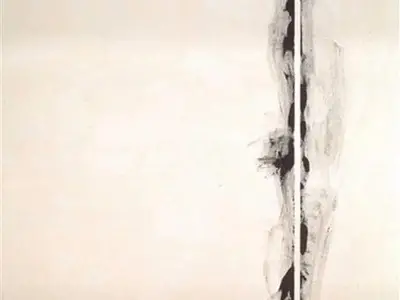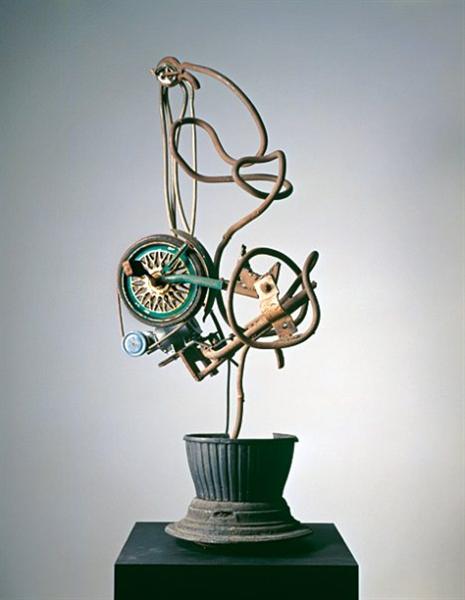Title of Artwork: “The Station of the Cross – First Station”

Artwork by Barnett Newman
Year Created 1958
Summary of The Station of the Cross – First Station
Many regard Barnett Newman’s Stations of the Cross: Lema Sabachthani, a series of 14 black and white paintings, to be his greatest work. When Newman finished the first two canvases, he realised he wanted to explore the idea further and make additional paintings like them.
It wasn’t until Newman finished the fourth painting in 1961 that he understood the series’ theme and structure. Images of Jesus Christ on the day of his crucifixion are the focus of Stations of the Cross.
All About The Station of the Cross – First Station
The creative canon featuring depictions of Christ’s crucifixion is deep and varied, and includes works by such masters as Giotto and Raphael. After returning from the Crusades, pilgrims began creating pictorial representations of the 14 stations.
However, it wasn’t until the 18th century that the Church finally decided on the number and particular content of the stations. The development of the paintings was very important to Newman because it showed the unending sorrow and suffering. Lema Sabachthani (why have you forsaken me) was chosen by the creator on purpose.
That’s the million-dollar question, and it’s what makes Christ’s death so meaningful. This is the fundamental question that goes all the way back to Abraham and Adam. Why? is the ultimate unanswerable question of human misery.
The series is frequently associated with Holocaust remembrance due to Newman’s Jewish origin and his interest in various parts of Jewish tradition. There was a tradition around the time of Christ’s crucifixion for evoking the persecution of Jews by the Nazis. White Crucifixion, by Marc Chagall, depicts Christ on the cross to highlight the plight of the Jewish people in 1938.
The background depicts violent and persecuting incidents, such as the burning of a synagogue, while Chagall drapes the tallit, a customary garment worn by observant Jews, over a figure of Jesus.
Even while Newman did not once bring up the Holocaust in relation to the series, he did stress the importance of introducing fresh material into the context of the Jesus tale. The Holocaust, the atomic bomb, and the Vietnam War were all recent examples of human misery that Newman’s generation had to deal with.
In 1966, the Guggenheim Museum displayed the series for the first time. Be II (1961–1964) was added to the conclusion of the series and the paintings were shown in chronological order.
The series was inspired by the artwork “First Station” by Robert Henri in 1958. A raw canvas colour field is the only thing offsetting Newman’s two vertical bands, demonstrating his signature minimalism.
The way that the zip is depicted in the painting is also quite cool. As opposed to the original zip created in Onement I (1948), in which the artist painted over a vertical piece of tape, here the method works in the opposite direction.
The artist uses loose brushstrokes around the tape, and then removes it to reveal a sharply angled zipper. The two-band composition created in First Station is echoed throughout the series, albeit with varying degrees of intensity and compositional complexity.
Because of their development and consistency, the paintings feel whole and well-balanced. As part of the Jesus canon, this signifies Christ’s eventual resurgence and rebirth and the capacity to rise above adversity.
Information Citations:
En.wikipedia.org, https://en.wikipedia.org/.
























